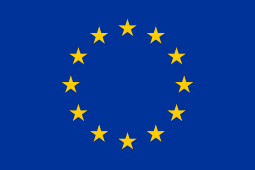
Société Civile Synchrotron Soleil
France
Synchrotron SOLEIL is the French national synchrotron facility created by CNRS and CEA. It is a third generation source of synchrotron radiation, operating at energy of 2.75 GeV and stored beam currents of 430 mA. SOLEIL offers a unique panorama of experiments with 26 beamlines in operation (29 foreseen in 2016), covering the far IR to the hard X‐ray range. The third generation of synchrotrons is characterised by a massive use of straight sections equipped with undulators and wigglers as well as by a natural very low emittance. SOLEIL undulators are tailor‐made to best meet the needs of users. This setup leads to orders of magnitude higher brilliance than conventional bending magnets and laboratory sources. Associated with high stability and “infinite” lifetime (one of the strengths of SOLEIL, which works in “top up” mode to have a constant heat load on the optics), these exceptional characteristics allow considerable advances in the quality of the measurements as compared to those obtained via classical laboratory sources or with the previous generation of synchrotron sources.
As a national and international research facility, the synchrotron SOLEIL is open to a large scientific and industrial users community and offers a unique panorama of experiments in surface and material science (with emphasis given on micro-spectroscopies, high resolution, magnetism, chemistry), environmental and earth science, very dilute species, life sciences (crystallography, absorption, small angle scattering, fluorescence, IR microscopy). Areas of excellence are time resolved experiment both in X-ray range (diffraction, photoemission) and in the softer energy range (coincidences spectroscopies at ultrahigh resolution), an extensive use of versatile photon polarisations (dichroism studies), fully automated protein crystallography beamlines, a dedicated radioactive elements beamline etc. Special emphasis is given towards cultural heritage material studies with an achieved dedicated platform, as well as a global approach in life science from the molecule to cells and tissue investigation. Researchers are trained in the use of the beamlines and to the state-of-the-art techniques in synchrotron radiation.






